|
by Glen Downey, Comics in Education, www.comicsineducation.com Great Characters Often Come with Great Traditions The next time you're enjoying the antics of DC Comics' Harley Quinn, you might consider where she gets her moniker from. Indeed, the Harlequin is a figure from the Commedia dell'Arte tradition, and has a variety of characteristics that can help to explain the Joker's favourite sidekick. The Harlequin or Arlecchino was very nimble and agile, and was a comical servant who often attempted to realize his own plans and schemes even as he was supposed to be helping his master. Dressed in a brightly-coloured costume, the Arlecchino was a tricky one to pin down, and could use his quickness to take advantage of a situation. In having my class visually brainstorm characters from the medieval stage and from the Commedia dell'Arte tradition, I was pleased that Gillian chose the Harlequin. Here's what she came up with. And this, incidentally, is what you might expect the original Harlequin to look like: Gillian has packed a considerable amount of information into a short space. We learn that the Arlecchino or Harlequin had connections to the zanni in the Commmedia dell'Arte tradition on the Italian stage, that he was a comic character and an acrobat, and that he used slapstick comedy by wielding a battachio as a weapon. All of this information can, in fact, be found just in the bottom right hand corner of the page! Harley Quinn's battachio may have gotten a bit bigger and she's perhaps using it in a more lethal way than her late medieval and early renaissance ancestor, but understanding the tradition out of which she has evolved can only make readers and fans more knowledgeable about her character.
0 Comments
Your comment will be posted after it is approved.
Leave a Reply. |
Glen DowneyDr. Glen Downey is an award-winning children's author, educator, and academic from Oakville, Ontario. He works as a children's writer for Rubicon Publishing, a reviewer for PW Comics World, an editor for the Sequart Organization, and serves as the Chair of English and Drama at The York School in Toronto. If you've found this site useful and would like to donate to Comics in Education, we'd really appreciate the support!
Archives
February 2019
|
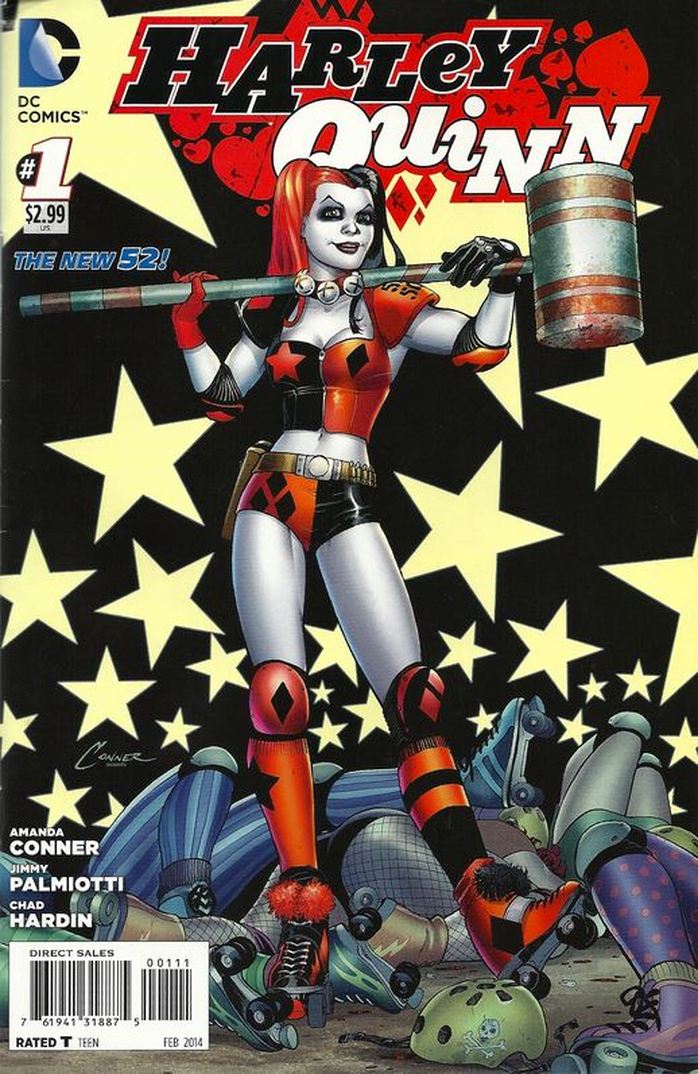
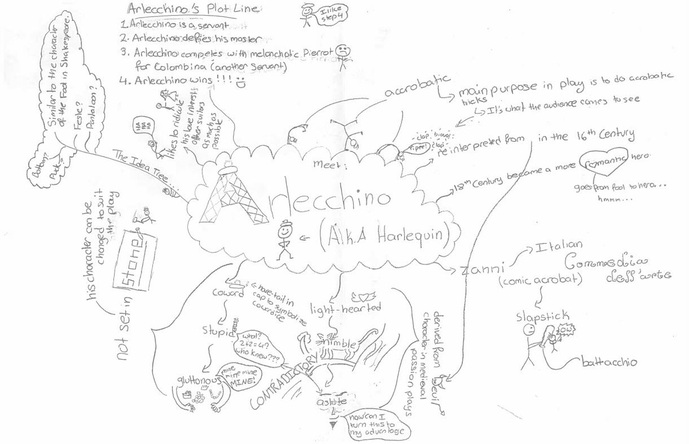
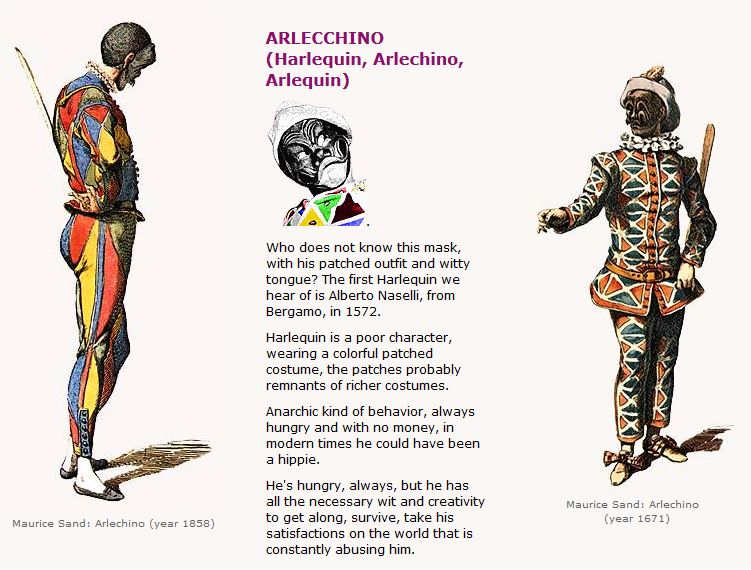

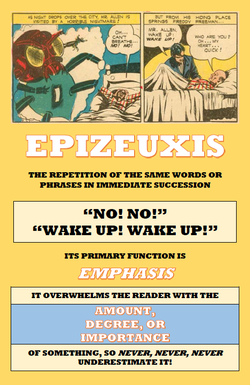
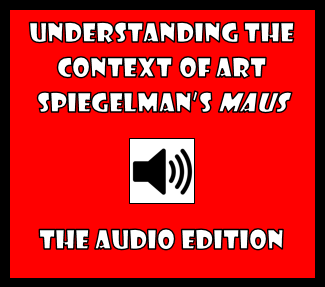
 RSS Feed
RSS Feed
